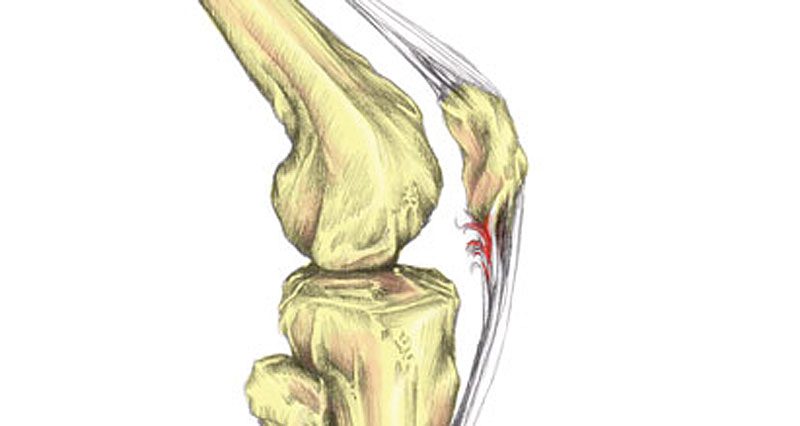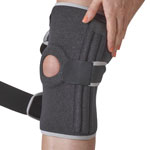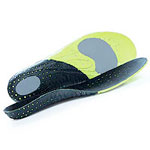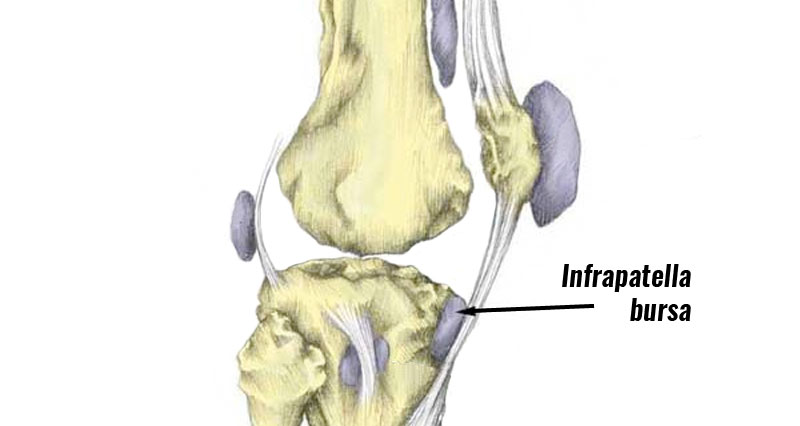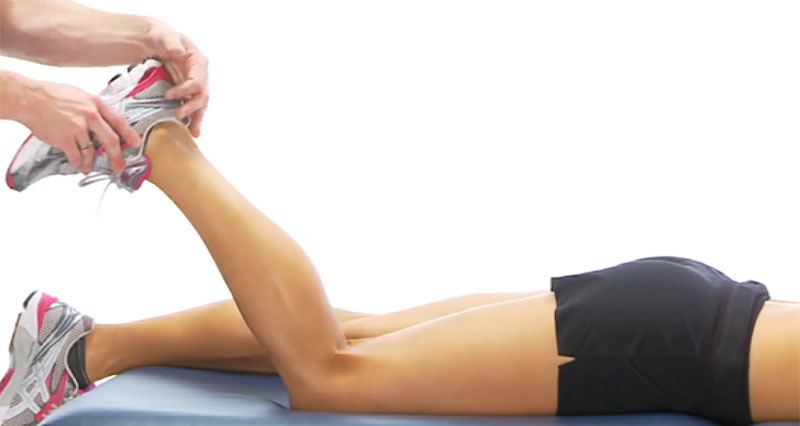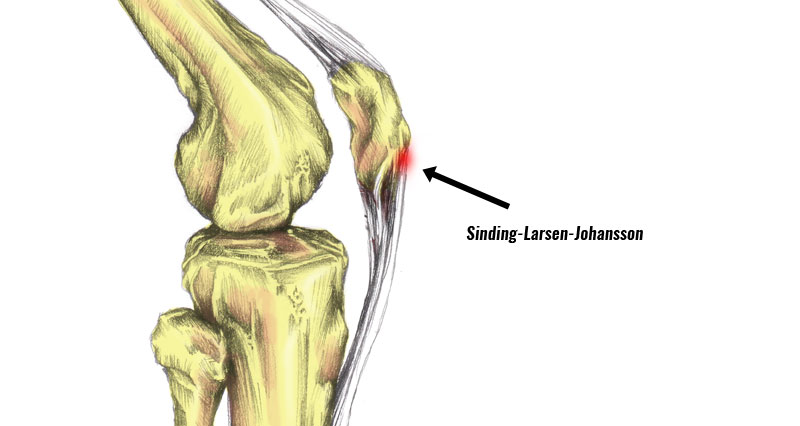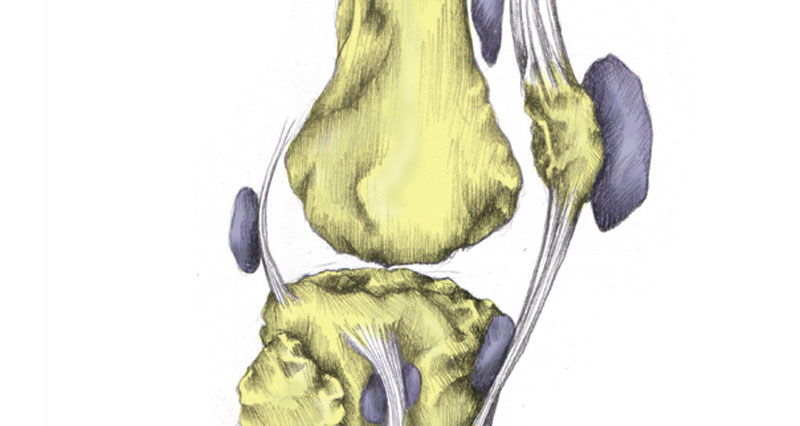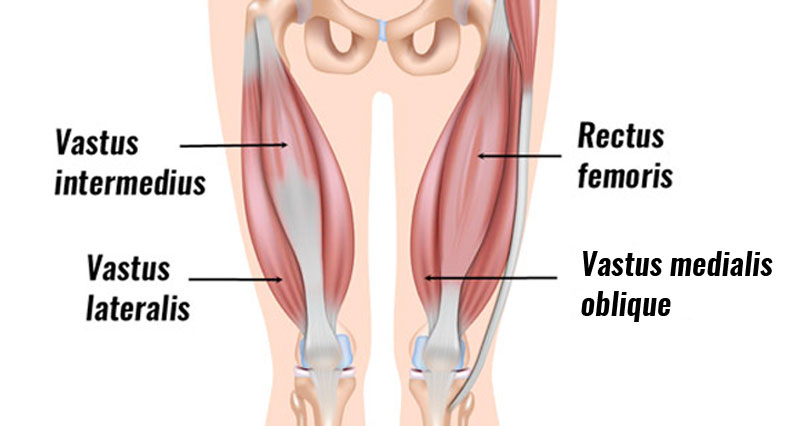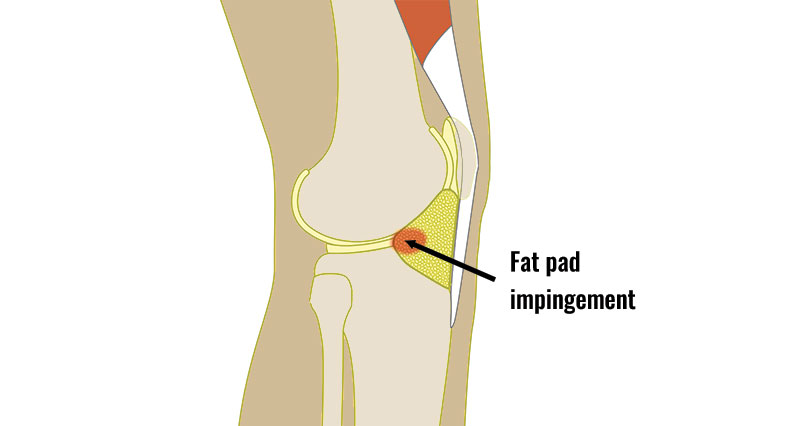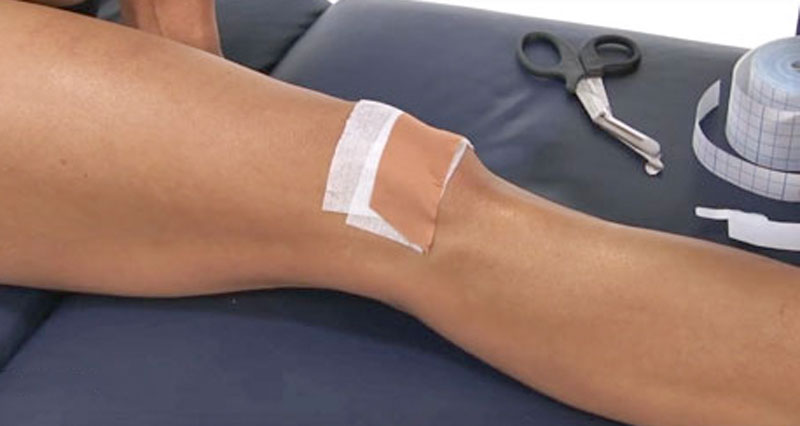A patella tendon rupture or patella tendon strain is a partial, or complete tear of the patella tendon at the front of the knee.
Medically reviewed by Dr Chaminda Goonetilleke, 2nd Jan. 2022
Symptoms
Patella tendon ruptures are extremely painful.
Signs and symptoms include:
- Severe pain in the front of the knee.
- An audible ‘pop’ at the time of injury.
- Swelling at the front of the knee, particularly at the bottom of the patella (kneecap).
- You will be unable to put weight on the knee.
- If the tendon is fully ruptured, you may not be able to fully extend (straighten) the knee.
What is a Patella tendon strain?
A Patella tendon strain is a tear of the patella tendon at the front of the knee.
The patella tendon (or patella ligament) connects the patella to the front of the tibia (shin bone). Specifically at a point on the tibia called the tibial tuberosity. Its function is to act as a lever arm for the quadriceps muscles.
The quadriceps themselves insert into the upper surface of the patella. When they contract they pull on the patella, and thus the patella tendon. As a result, they straighten the knee joint.
Warning signs
The patella tendon is prone to rupturing in individuals with a history of patella tendon injuries such as jumper’s knee or degeneration due to age.
Injuries of this type weaken the patella tendon. A strong eccentric quadriceps contraction causes the tendon to snap or rupture. An eccentric contraction is one where your muscle lengthens whilst it is contracting. For example, landing from a jump.
Corticosteroid injections given to address the inflammation in jumper’s knee-type injuries are also increase the risk of a patella tendon rupture.
Treatment for a torn Patella tendon
What can the athlete do?
Apply PRICE principles (protection, rest, ice, compression, and elevation) as soon as possible after injury.
Rest
Rest and protect the knee from further injury. Complete rest is best, at least until normal daily activities are pain-free.
Cold therapy
Apply ice or cold therapy as soon as possible after the injury. Do not apply ice directly to the skin. Use a wet tea towel or similar. Better still, use a commercially available cold compression wrap.
Cold can be applied for 10 minutes every hour for the first 24 to 48 hours depending on how bad the injury is.
Seek professional medical assistance, especially if the injury is very painful or prevents walking.
Medication
A doctor may prescribe NSAID or anti-inflammatory medication, for example, Ibuprofen for pain relief and to help decrease swelling.
Surgery
If your patella tendon is completely ruptured then surgery is required to repair the damage. This involves suturing (stitching) the torn tendon.
Following surgery, a full rehabilitation plan normally involves little or no weight-bearing on the affected knee. In addition, wear a knee brace to prevent the knee from bending whilst it heals. This is usually for at least 6 weeks.
Once you can remove the knee brace, exercises to regain the full range of movement strength of the quadriceps muscle group are important.
Rehabilitation after a patella tendon rupture is extremely slow and it may take between 6 and 12 months before the patient is able to return to sports.
